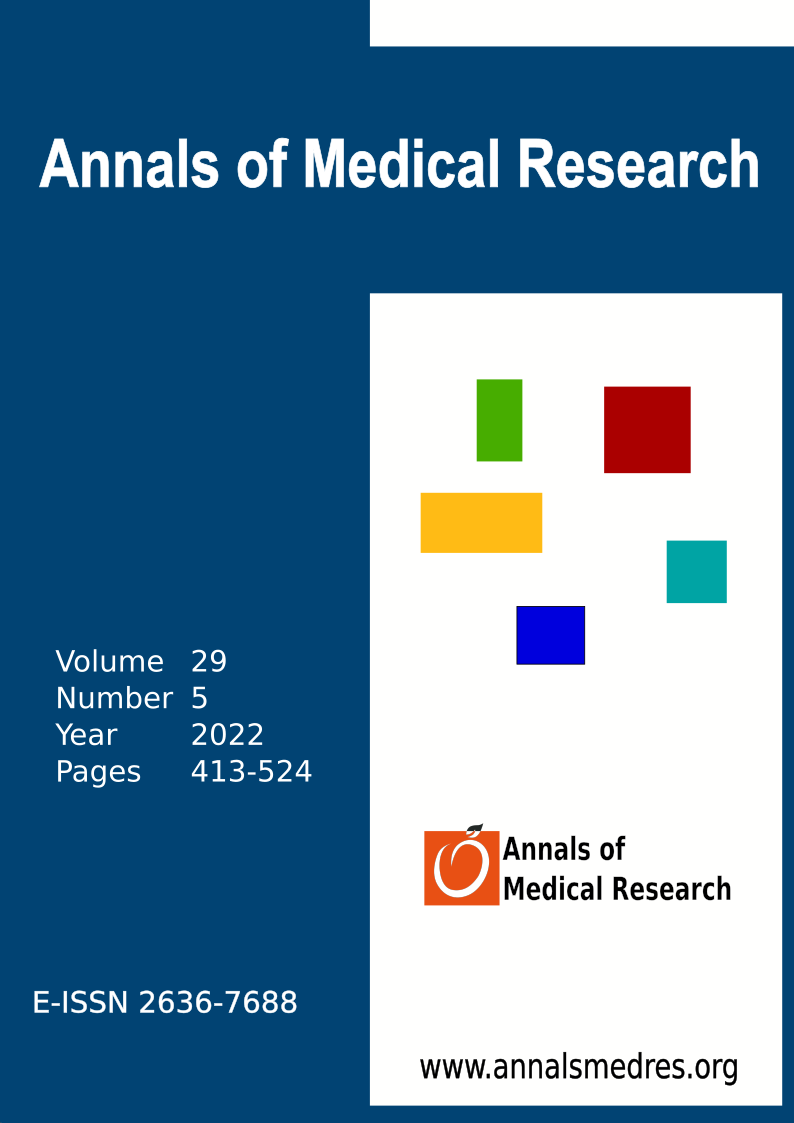Investigation of the toxicity of acetamiprid in SH-SY5Y neural cells
Keywords:
Acetamiprid, apoptosis, human neuroblastoma cells, oxidative stress, neurotoxicityAbstract
Aim: Acetamiprid (ACE) is one of the most widely used neonicotinoids globally to protect crops from insects. In this study aimed to investigate the potential neurotoxic activity of acetamiprid on human neuroblastoma cell line SH-SY5Y cells.
Materials and Methods: MTT and Muse analysis were performed to examine the effect on cell viability. Increasing doses of ACE were administered for 24 hours in SHSY5 neuroblastoma cell lines. NOS1, NOS2, NOS3; caspase-3 for assessment of apoptosis; Ki67 immunocytochemical staining was performed to evaluate proliferation, and relative mRNA values of these markers were measured by qRT-PCR analysis method to evaluate the efficacy of ACE on oxidative stress in neuroblastoma cell lines
Results: The IC50 value for ACE 24 hours was found to be 21.35 mM. In SHSY5 cells, the immunoreactivity of NOS1, NOS3, and caspase-3 markers in the ACE applied group increased statistically significantly compared to the control group; Ki67 immunoreactivity also decreased (p< 0.05). qRT-PCR results were consistent with immunocytochemical findings, and relative mRNA values increased in ACE groups compared to the control group. Ki67 relative mRNA values decreased compared to the control group.
Conclusion: In our study, it was found that ACE suppressed proliferation in SH-SY5Y cells, induced apoptosis, and caused cell toxicity by increasing oxidative stress.
Downloads
Published
Issue
Section
License
Copyright (c) 2022 The author(s)

This work is licensed under a Creative Commons Attribution-NonCommercial-NoDerivatives 4.0 International License.
CC Attribution-NonCommercial-NoDerivatives 4.0






